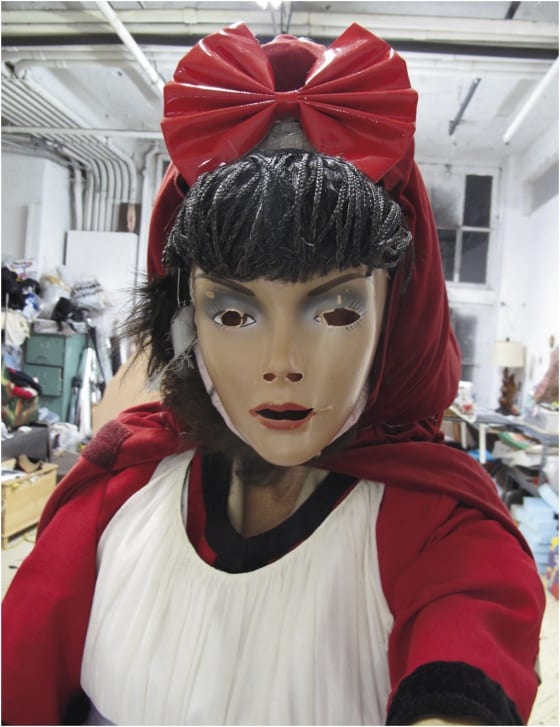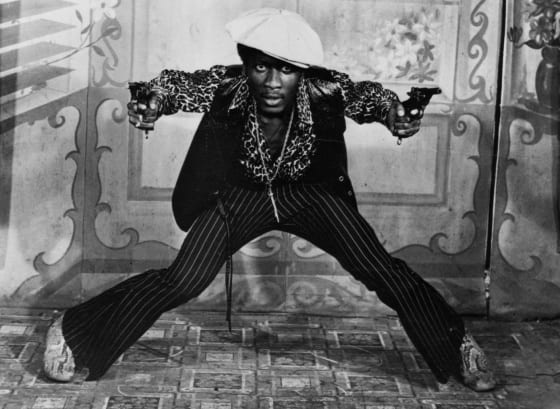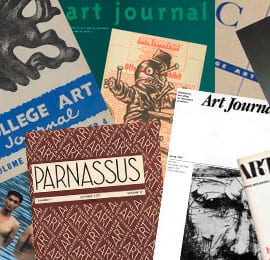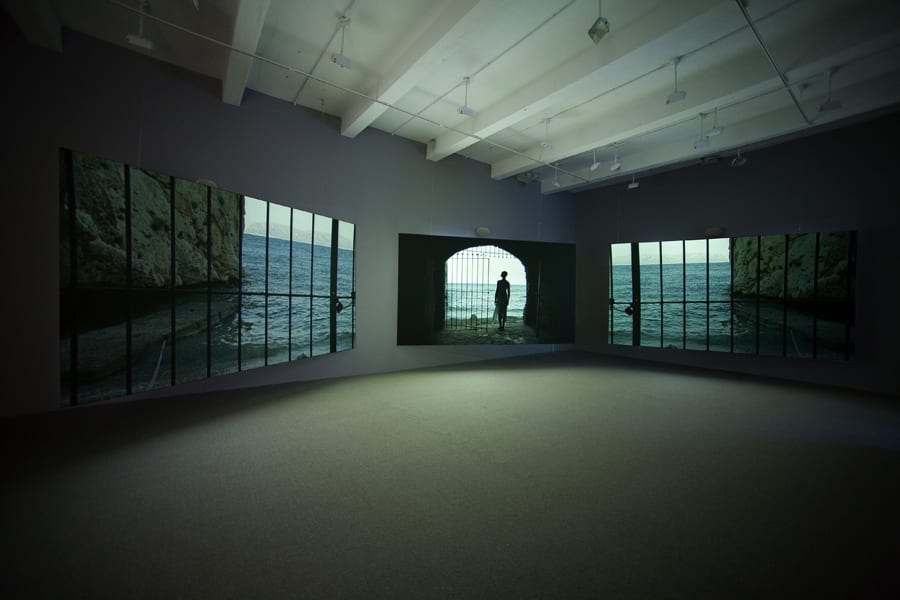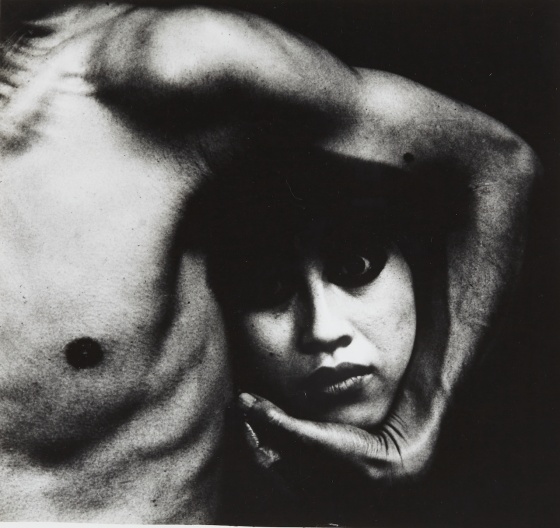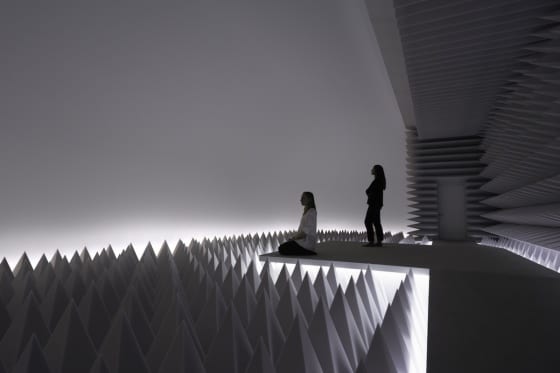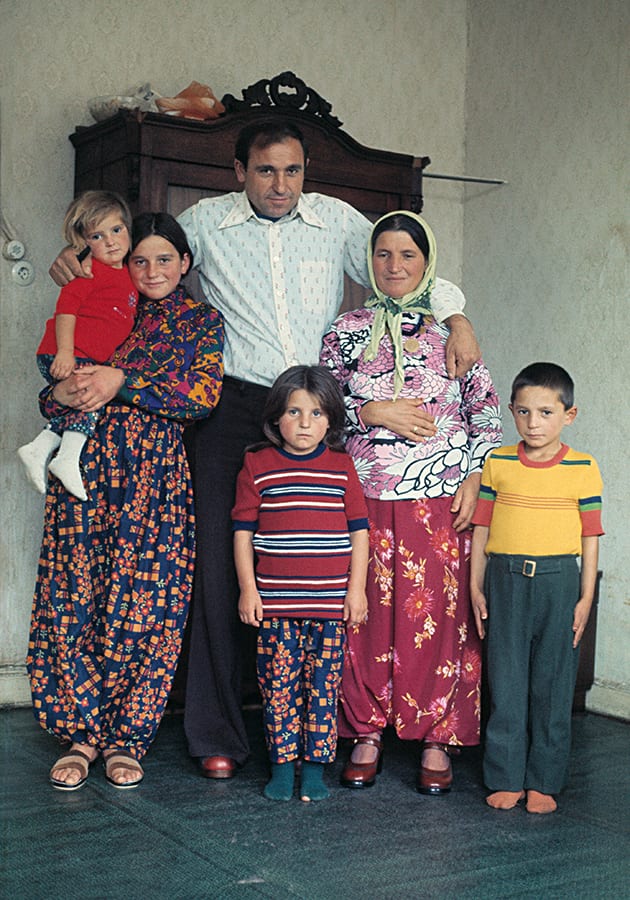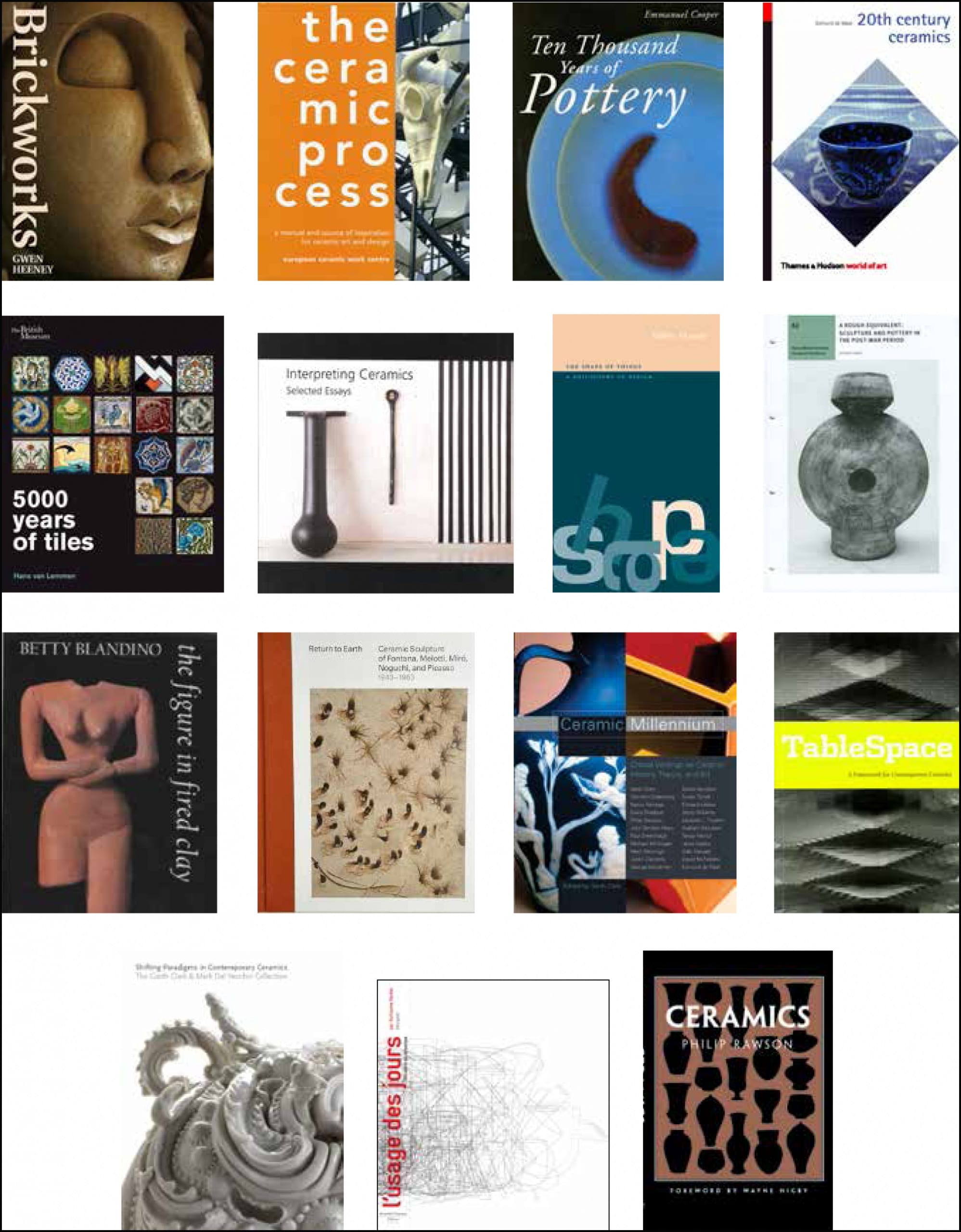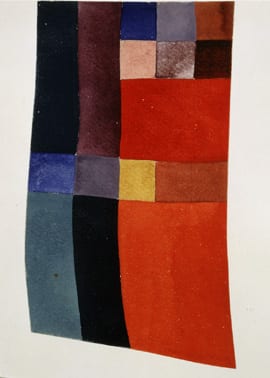Tiffany E. Barber on the darkly humorous world of performance artist Narcissister, whose play on race, gender, and sexuality challenges conventional conceptions of identity
Search Results for: Art Journal 65, 4 (Winter 2006)
“I WAS HERE BUT I DISAPEAR”: Ivanhoe “Rhygin” Martin and Photographic Disappearance in Jamaica
As the latest addition to the Afrotropes series, Krista Thompson reflects on the extensive photographic and cultural legacy of Ivanhoe “Rhygin” Martin and the circulation of images in Jamaica and beyond
Art Embedded into Protest: Staging the Ukrainian Maidan
By Nazar Kozak
Around 9:00am on January 24, 2014, Maxym Vehera, an amateur artist, comes to Hrushevskyi Street in Kyiv, mounts his portable easel some one hundred yards from the riot police line, and spends five hours painting the scene of a street fight in progress. Black smoke from the burning barricade veils the sky, tear gas irritates the frosty air, a stun grenade explosion shuts all senses down. The canvas falls to the ground, into the mixture of snow and ashes. Vehera picks it up, wipes off the dirt, and continues to paint amid chaos
In, Around, and Afterthoughts (On Participation): Photography and Agency in Martha Rosler’s Collaboration with Homeward Bound
By Adair Rounthwaite
It seems obvious to state that photographs play a central role in our ability to study participatory art. Art historians, however, have largely bracketed this as an issue that might be important for how we conceive the politics and aesthetics of participation.
Art Journal at Fifty
This is the second essay the College Art Association has published entitled “Art Journal at Fifty.” The first, by CAA … More
Small Boats, Slave Ship; or, Isaac Julien and the Beauty of Implied Catastrophe
From the AJO Archives: Emma Chubb discusses art that addresses trans-Mediterranean crossings
Rotimi Fani-Kayode and Eikoh Hosoe
Surrealism and the Specter of Death in the 1980s
“Come Out to Show Them”: Speech and Ambivalence in the Work of Steve Reich and Glenn Ligon
Ellen Tani explores how an incidence of police brutality in the Harlem of 1964 is deployed in artworks by musician Steve Reich and visual artist Glenn Ligon
In the Free Field: Doug Wheeler’s PSAD Synthetic Desert III and Anechoic Histories
Walker Downey explores sound—and the various societal, artistic, and militaristic attempts to eliminate it—through the work of Doug Wheeler, in particular his 2017 exhibition PSAD Synthetic Desert III at the Guggenheim Museum
Candida Höfer’s Türken in Deutschland as “Counter-publicity”
By Amy A. DaPonte
Millions of Turkish immigrants settled in Germany after World War II to answer the call of politicians who needed to refresh the labor force after the war. Images of Turks at work or leisure in the parks, homes, markets, shops, and bars of 1970s West German cities populate Candida Höfer’s large, multiformat series entitled Türken in Deutschland (Turks in Germany, 1972–79).
Primal Matter: An Annotated Bibliography for Ceramics
By Brian Molanphy
This introductory selection of texts on ceramics includes books that offer general foundations as well as essays that exemplify specific investigations.
Dada Dance: Sophie Taeuber’s Visceral Abstraction
By Nell Andrew
In a recent landmark exhibition on the intersection of art and dance, Danser sa vie, the Centre Georges Pompidou displayed an enigmatic photograph identified as the artist Sophie Taeuber dancing at the Cabaret Voltaire in 1916. It is not uncommon for a photograph to stand in as an icon of a live event and offer what we hope is access to some present now passed, but for decades scholars have disagreed on the date and location of the Taeuber photograph.

